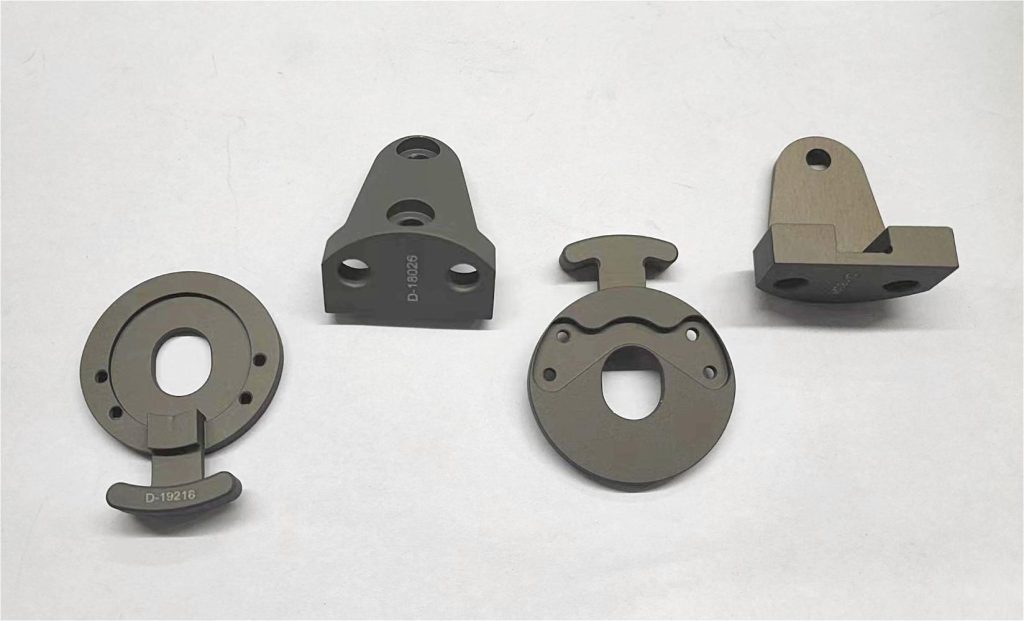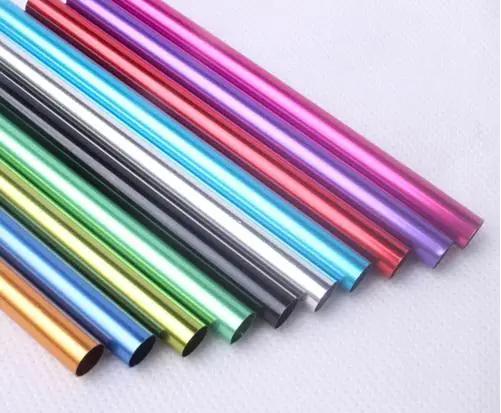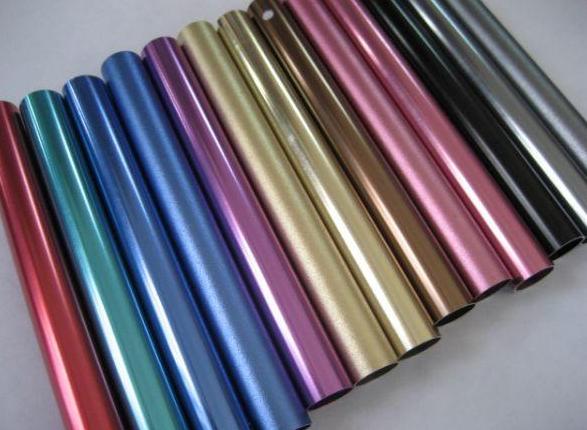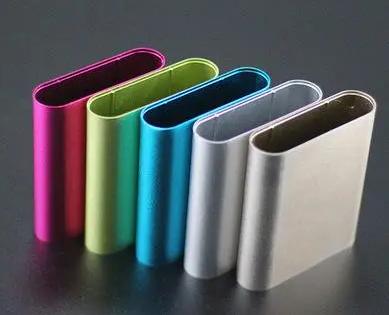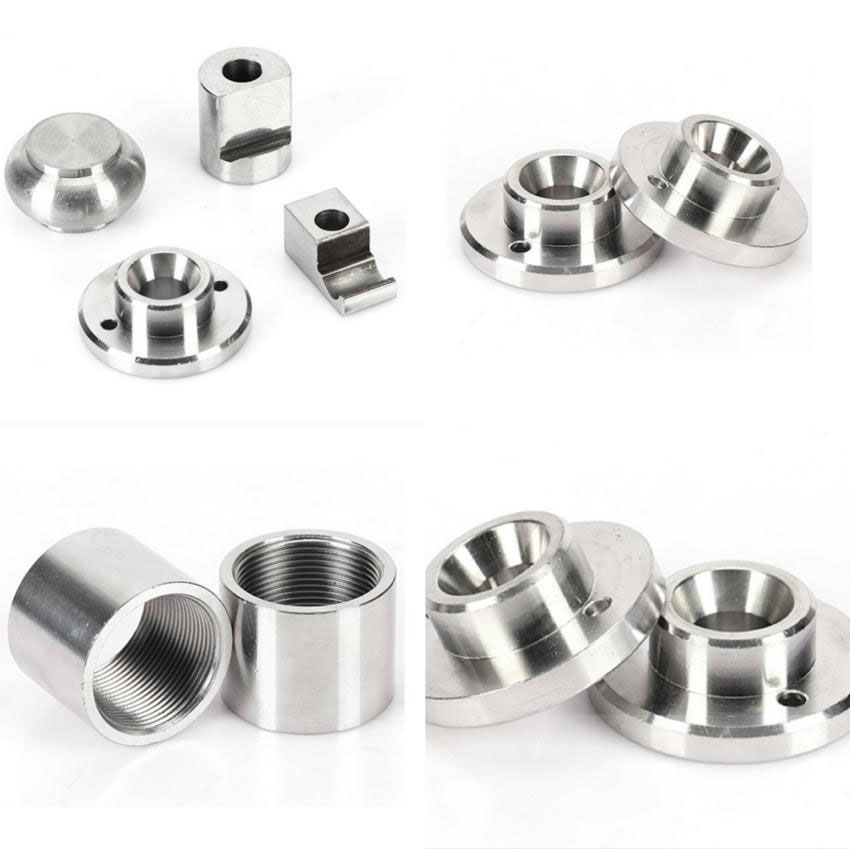A perfectly polished mirror finish can turn an ordinary metal surface into something striking. Whether it’s a set of mirror polish aluminum wheels shining on a car or a sleek stainless steel mirror finish wall in a hotel lobby, the effect is hard to ignore. What if I told you that the secret to a flawless, reflective finish on metal isn’t just about polishing, but about understanding the metal itself?
Both mirror polishing of aluminum and polishing of stainless steel can greatly enhance the appearance of the product, but the paths to the mirror effect are completely different. Today, let’s dive into the core differences between these two materials during polishing, so you can make the right choice for your products.
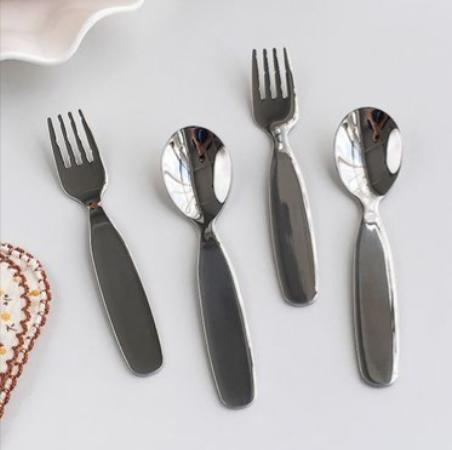
Fundamental Differences: Material Properties Determine Process Paths
The fundamental physical and chemical properties of a material directly determine the most suitable mirror polishing process path. Stainless steel and aluminum differ significantly in this regard, requiring completely different processing strategies.
Stainless steel is known for its high hardness, excellent toughness, and corrosion resistance. These properties make mirror-polished stainless steel products extremely durable, but also increase the difficulty of polishing. In contrast, aluminum is lighter and softer, making material removal easier, but also more susceptible to scratches and defects during processing. This fundamental material difference means that the material selection should be determined from the outset of the project, as the subsequent processing route will depend entirely on it.
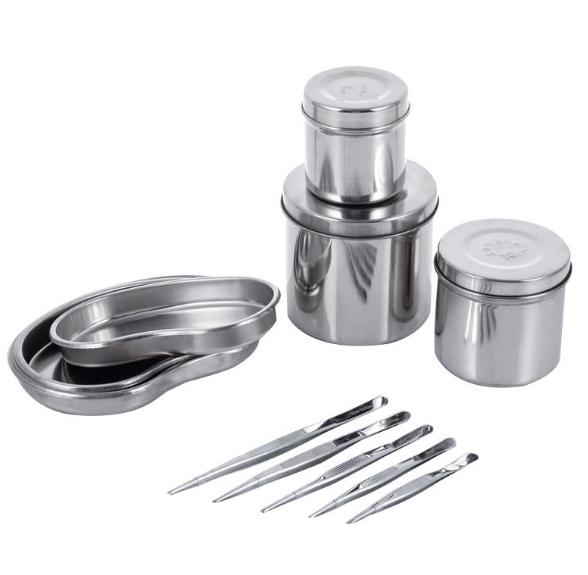
Key Differences Between Aluminum and Stainless Steel Mirror Polishing
Think of the reflective walls in airports or the smooth finish on surgical instruments—those are results of mirror polishing stainless steel. The material is chosen because it looks elegant and holds its shine even after years of use.
Stainless Steel Mirror Finish: Durability Meets Elegance
Creating a stainless steel mirror finish usually follows these steps:
- Surface preparation – remove welds, scratches, or defects with coarse grinding belts.
- Intermediate grinding – use finer abrasives to even out the surface.
- Fine polishing – apply polishing wheels with progressively finer compounds.
- Buffing – finish with soft pads and polishing paste until the surface is reflective.
- Cleaning and inspection – remove residues and check for uniform shine.
This finish is common in high-end architecture, elevators, food equipment, and medical tools. Manufacturers prefer it because it combines strength with long-term beauty. Once polished, stainless steel rarely needs extra protective coating, which saves work later on.
If you’ve seen the glossy surface of mirror polish aluminum wheels, you know how bright aluminum can look. Aluminum is lighter than steel and can be polished faster, which makes it attractive for industries where weight and cost matter.
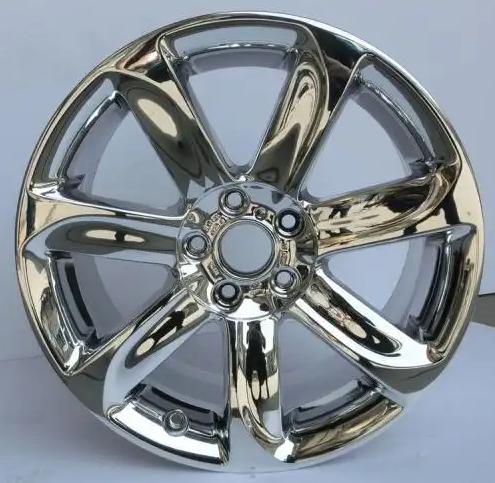
Aluminum Mirror Finish: The Art of Achieving a Brilliant Shine
Achieving a mirror polishing aluminum finish typically involves:
- Surface leveling – start with sanding or abrasive wheels to smooth out roughness.
- Pre-polishing – use fine abrasives to reduce lines and scratches.
- Final polishing – apply soft buffing wheels with polishing compounds.
- Chemical brightening – optional step using chemical baths to enhance reflectivity.
- Anodizing or coating – protect the finish with mirror finish anodized aluminum or clear coatings.
This approach is popular in the automotive and electronics industries. From car parts to decorative panels, aluminum offers a striking shine. However, without treatments like anodizing, polished aluminum can lose its gloss quickly. Manufacturers often add coatings to meet customer expectations of durability.
One table to understand the difference between the two types of polishing:
| Comparison Aspect | Stainless Steel Mirror Polishing | Aluminum Mirror Polishing |
| Polishing Method | Primarily mechanical grinding | Chemical or precision machining |
| Biggest Challenge | Hardness, contamination risk | Scratches, environmental compliance |
| Surface Hardness | High, scratch-resistant | Relatively low, easily scratched |
| Post-processing | Usually not required | Anodizing possible (e.g., mirror finish anodized aluminum) |
| Typical Applications | Medical, architecture, kitchenware | Automotive (e.g., mirror polish aluminum wheels), optics, electronics |
| Environmental Concerns | Dust and wastewater treatment | Chemical waste gas and wastewater treatment |
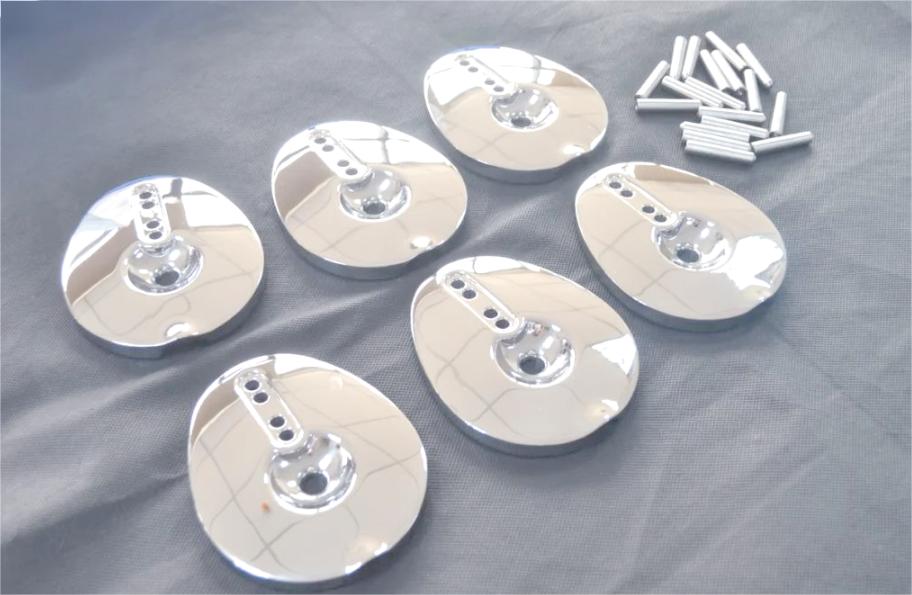
Manufacturing Considerations: Cost, Efficiency, and Risk
From a business standpoint, the choice between these two processes comes down to a simple question: what’s the right balance of cost, speed, and risk? The per-piece cost for polishing aluminum to a mirror finish is usually lower because it’s a faster process and easier on our tools. However, adding that crucial anodizing step brings its own cost.
On the flip side, the process for a mirror polish on stainless steel is just plain more expensive. The material is so hard that it requires more powerful equipment and a lot more time and effort from our team. Plus, the risk of a mistake, like warping, is higher, which can lead to costly rework.
So, how do you decide?
Choosing the Right Material and Supplier for Mirror Polishing
If your product needs to be lightweight, beautiful, and maybe a little colorful, then the aluminum mirror finish is your best bet. Look for a supplier who really knows their stuff when it comes to both mirror polishing aluminum and the anodizing process. Feel free to contact JTR for your needs.
But if your product has to stand up to tough conditions, resist corrosion, and be incredibly durable, then the extra cost of a stainless steel mirror finish is absolutely worth it. Make sure you partner with a supplier who has a proven track record with mirror polishing stainless steel to ensure you get a product that looks and performs perfectly.
Ultimately, both materials can achieve a jaw-dropping mirror finish, but the journey to get there is totally different. By understanding these key differences, you can make a smart decision that satisfies both your product’s needs and your company’s bottom line.



